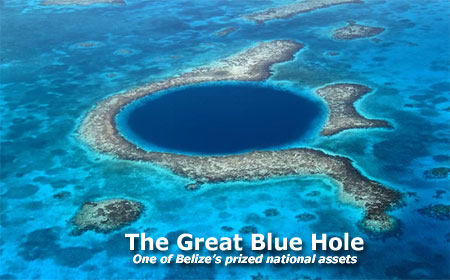BELIZE CITY, Thurs. Nov. 24, 2016–Swapping US$100 million in debt for climate conservation and development commitments seems an easy proposition to accept, especially for a country with a growing and unsustainable debt burden—one that it again finds necessary to renegotiate in the face of multiple economic challenges.
However, two years ago, Belize opted out of an offer to implement a pilot model for how developing countries could cope with mounting debt distress through a mechanism dubbed the Marine Conservation and Climate Adaptation Trust.
The idea was for a block of Belize’s super bond debt to be repurchased, and the proceeds of the arrangement would have financed conservation and development initiatives in Belize through the routing of debt payments to a trust set up in Belize.
However, back in 2014, then Minister of Forestry, Fisheries & Sustainable Development, Lisel Alamilla, wrote one of the prospective donors announcing that the Government’s final decision, which had been issued by Cabinet, is that they would not pursue the debt for climate swap offer.
The issue was recently raised by the environmental community, when the Government of Belize announced that it would make its third attempt to renegotiate the super bond.
Dr. Colin Young, Chief Executive Officer in the Ministry of Fisheries, Forestry, the Environment and Sustainable Development, told Amandala that indeed, they were pursuing what they call a debt-for-climate swap, some years ago, with the aim of increasing the resilience of Belize’s marine environment.
While they were in negotiations, he said, Belize’s super bond debt was being traded at a discount, and so they wanted to raise money to purchase US$100 million in bonds at a discount. For example, with a 40% discount, he said, they could buy US$100 mil worth of debt for US$60 million.
The idea was being pursued in partnership with the NGO community, with the World Bank, the Nature Conservancy (TNS) and the Government of Belize, Young said.
The partners were trying to find donors that would put their money into the pool, so the debt could be bought in return for the Government’s commitment to take action in areas that would build climate resiliency, such as setting aside more no-take zones, and increasing the coverage of marine protected areas from 13% to 20%.
Other proposed measures were to foster alternative livelihood opportunities for users of the reef who would have been affected by the change, and the repopulation of portions of the reef where corals had died or had been damaged, with resilient varieties of coral. Measures to address solid waste issues were also being explored as a part of the initiative.
“We were making slow but steady progress,” Young told us.
Still, he conceded that there were some conditions that some of the NGOs and donors wanted that the Government had difficulty with, but that was not the reason for the breakdown, he indicated.
He told us that before they were able to raise all the money (the US$100 million), the Government found itself in a position where it needed to renegotiate the super bond debt.
Once the Government signaled that it had to go to creditors to renegotiate the debt, that brought a level of uncertainty to partners, Young said.
“That put things in the cool box,” Young said.
He told us that the arrangement was later abandoned due to uncertainties over the process, but added that there may still be an opportunity for such an arrangement to be reconsidered.
The breakdown has been lamented by members of the environmental community, who believe that the Government should have pursued what is now a missed opportunity that could have had positive implications for the national economy while helping to improve climate resilience.
Back in 2001, Belize benefitted from a roughly US$9 million debt for nature swap arrangement, which has a strong terrestrial component. The debt-for-nature swap, which involves the preservation of approximately 23,000 acres of rainforest in Belize, was made possible by the U.S. Tropical Conservation Act of 1998 in collaboration with TNS, which was one of the funders for the deal.
We are told that if Belize wants to again be considered for a debt-for-climate swap, it would have to be a new engagement.
However, after Belize opted out of the arrangement two years ago, TNS turned its attention elsewhere. TNS piloted the model instead with the Seychelles, an archipelago of 155 small islands, but for a much smaller package of around US$30 million.
The Belize deal—at US$100 million—would have been ground-breaking, with prospects for replicating the idea in Latin America and Africa.

